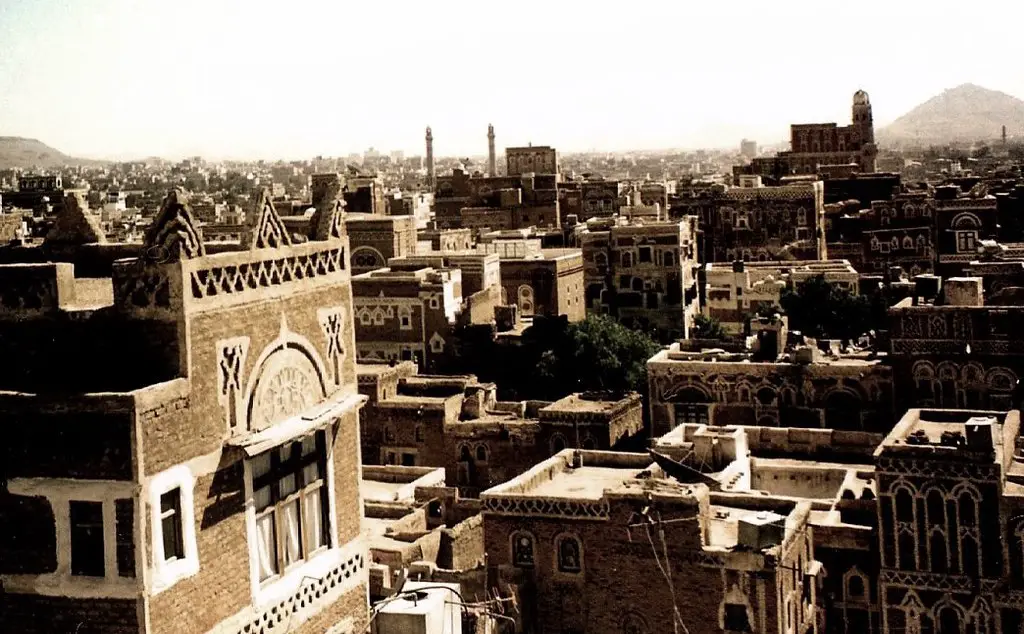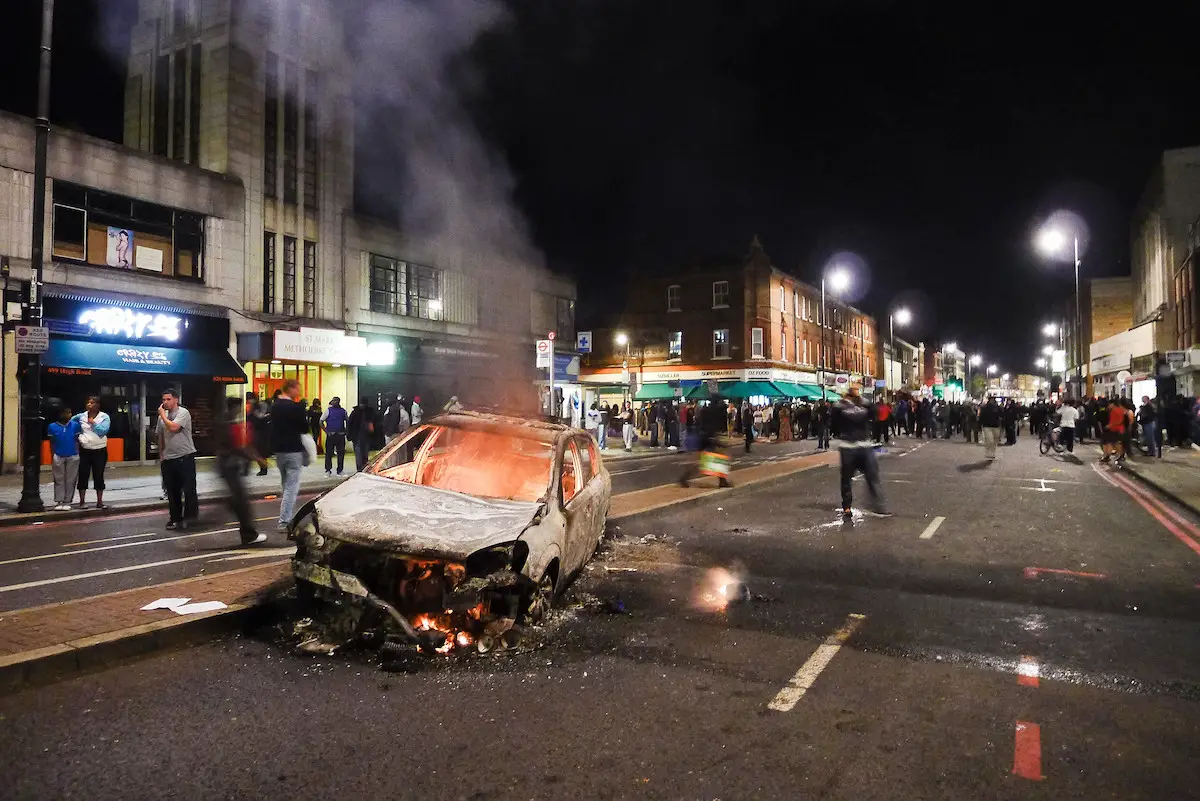Like a glacier, most of the history of our cities is underground. Buildings only tell part of the story. Evidence of foundations below the surface can tell us what buildings used to be on the site, artifacts could reveal what life was like for the building’s occupants and vegetation can tell us about the period’s climate. These discoveries can provide greater insight into a city’s development and history. Furthermore, they can influence current urban development.
In Toronto, archeologists have been excavating the site of Upper Canada’s first parliament. Above the ground were a car wash, parking lots and car dealers. Below are partial walls from the first (circa 1795) and second (circa 1819) incarnation of the parliament buildings on the site. Charred remains reveal the fires that destroyed the buildings. Americans set fire to the parliament in 1813 during the War of 1812 (which resulted in the British setting fire to the White House) and an accidental fire brought the second set to the ground. These discoveries have had a direct result on the land use associated with the site. Ontario’s government acquired parts of the site and constructed an interpretive centre that opened last month.

Another important archeological discovery in Toronto did not have the same result. During the digging for the base of a condo, remains of Queen’s Wharf were found. Most of what is currently Toronto’s waterfront was lake until it was filled in with development over the years. The early waterfront is several blocks back from the lake today. The Queen’s Wharf was one of the city’s main wharfs, originally constructed in1833. The remains revealed the many additions that were made to the wharfs for accommodate increased shipping, and the desire to counteract the built up of sand at the site. Once found the remains of the Wharf were documented and removed. Salvage companies acquired most of the wood.
It is common to find archeological sites in Toronto during digging for condos. The Bishop’s Block site was also uncovered this way. Hidden under a parking lot, the site was rich in material culture, revealing the foundations of a set of row houses from the 1830s. These foundations revealed the evolution of the lots and include below grade cold storage rooms, above ground additions, wood burning fireplaces and coal burning furnaces as well as privies. Material excavated is from the upper class of the city. The buildings were home to Toronto’s elite including the Attorney General and Anna Jameson a writer. The material culture included china with stamps from Glover Harrison’s China Hall, just down the street. Although the condo development proceeded the artifacts were put on display for the public in Toronto’s City Hall.
Thought most archeological remains are invisible to the naked eye, they have huge impact on today’s cities. Not only does our belowground history give us insight into the past development of the city, but it also impacts current development above ground. When thinking about the history of a site, consider not only the visible history but the layers of history below.
Photos: Richard Kidger and Kayla Jonas Galvin


